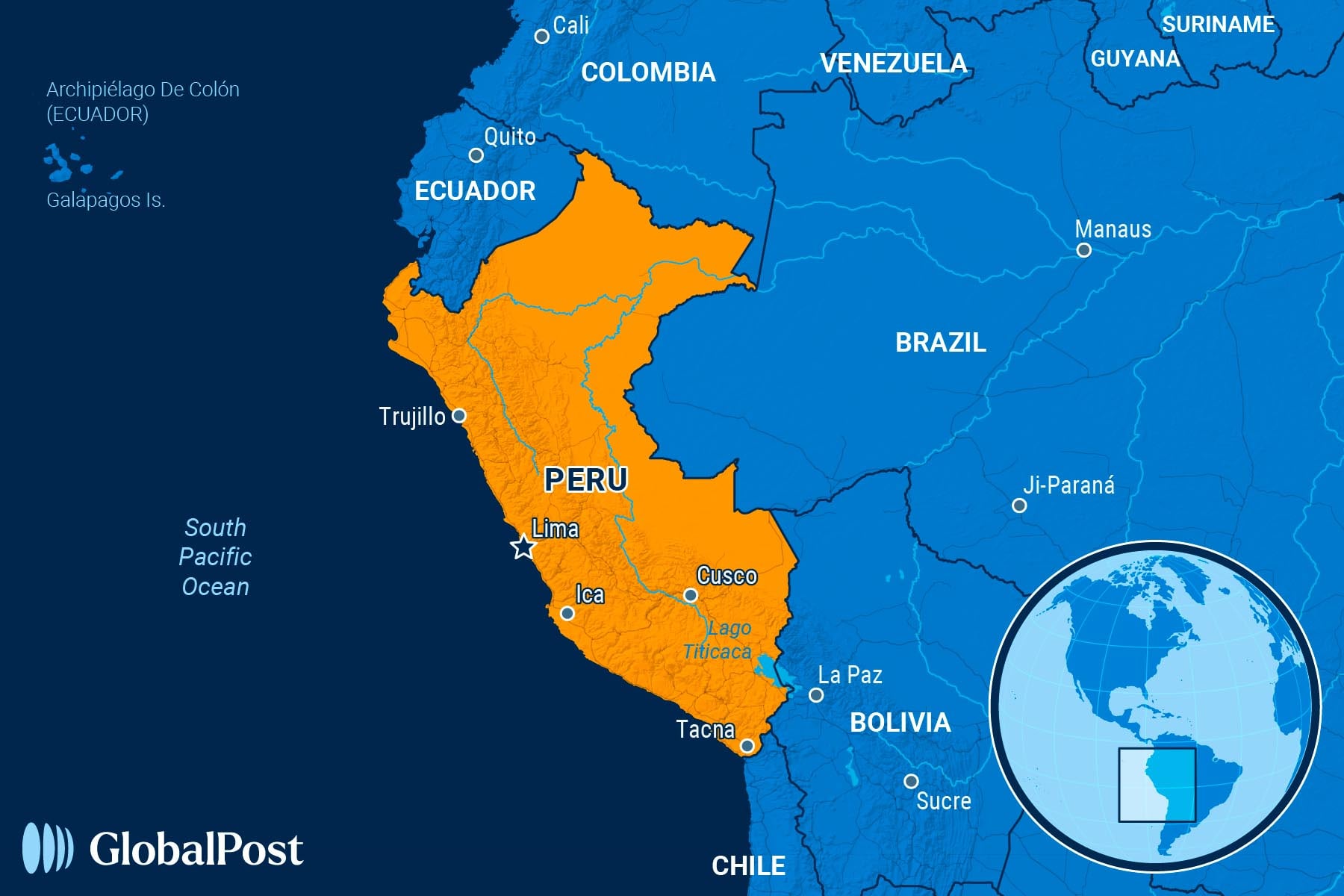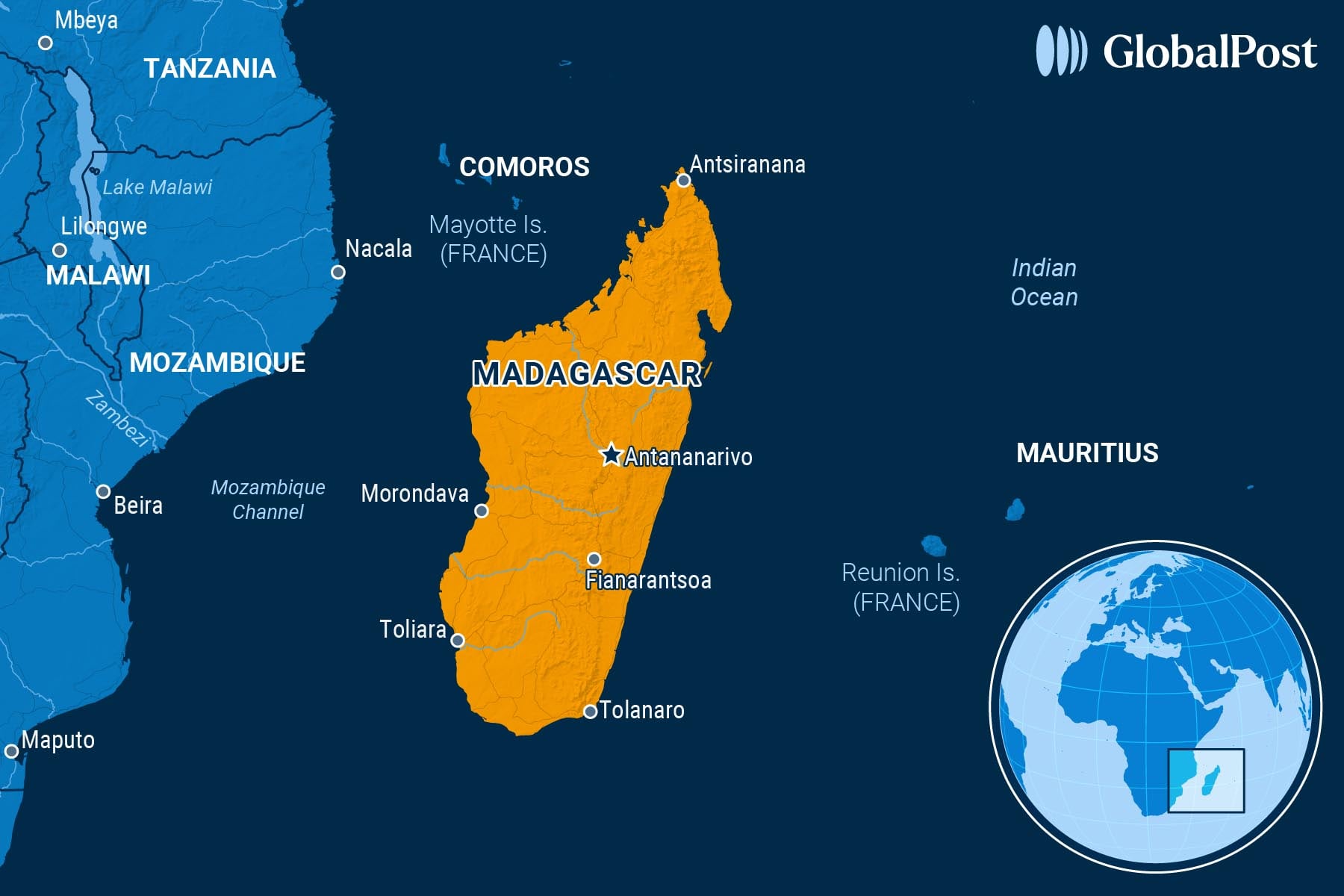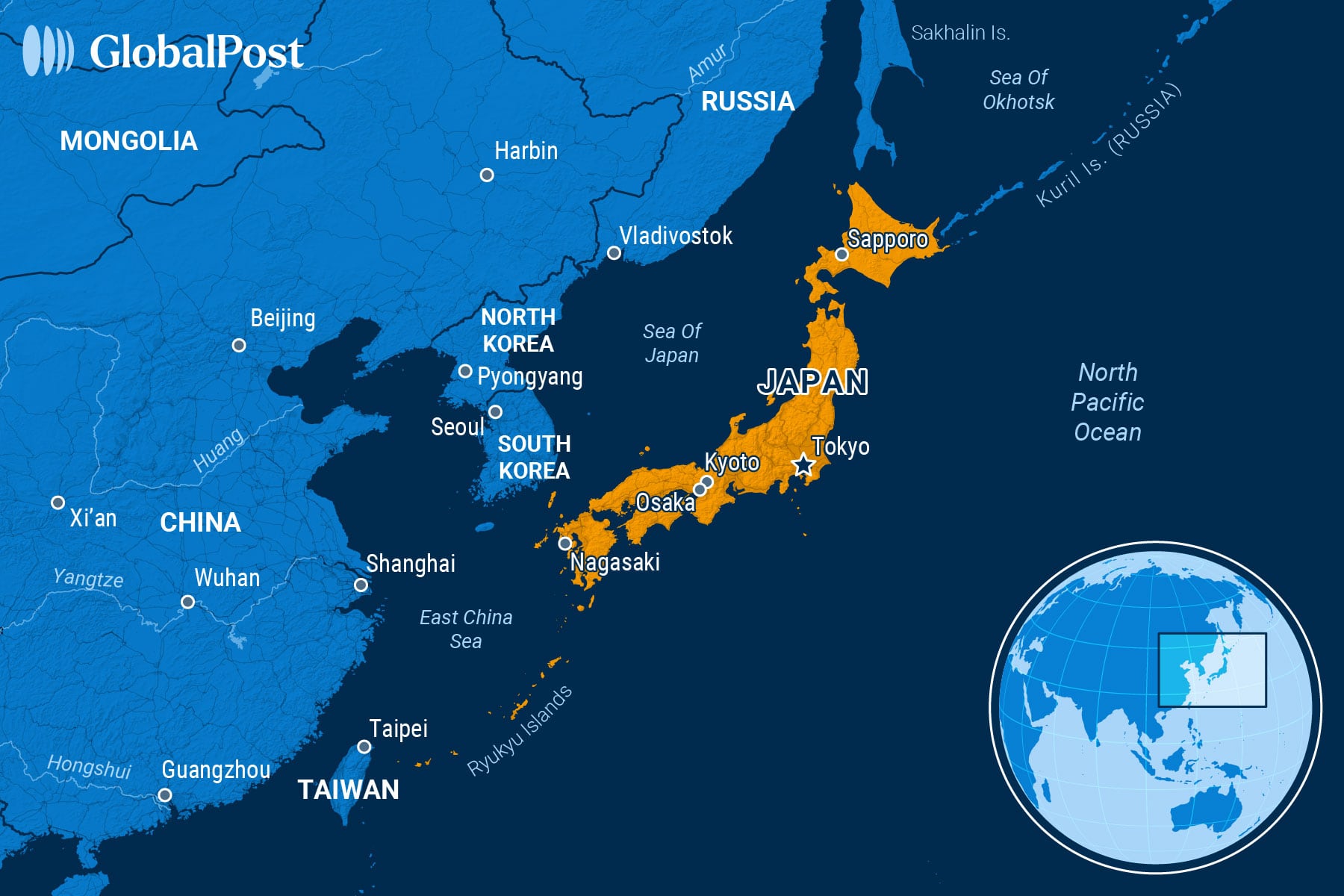The Comeback: Greece is Soaring, Even as the Economic Crisis Lingers For Some
NEED TO KNOW
The Comeback: Greece is Soaring, Even as the Economic Crisis Lingers For Some
GREECE
 Fifteen years or so ago, Greece was the poster child for economically backward Europe. As the Council on Foreign Relations explained, poor fiscal management, bad decisions by foreign investors, and a global economy struggling in the wake of the American financial meltdown triggered a crisis that threatened to ruin the Eurozone.
Fifteen years or so ago, Greece was the poster child for economically backward Europe. As the Council on Foreign Relations explained, poor fiscal management, bad decisions by foreign investors, and a global economy struggling in the wake of the American financial meltdown triggered a crisis that threatened to ruin the Eurozone.
Now Greek leaders say things are different.
Greek Labor Minister Niki Kerameus, for instance, has been speaking across Europe in a bid to convince hundreds of thousands of Greek expatriates who fled abroad in search of greener fields to return home to work and raise their families, the Financial Times reported.
Her pitch describes how Greek wages have increased by 28 percent since 2016, how unemployment is down, inflation is under control, and how the government will give returnees tax breaks while major foreign corporations have taken advantage of incentives to employ more Greeks.
“All of this progress would not have been possible without political stability,” said Greek Prime Minister Kyriakos Mitsotakis, whose center-right New Democracy political party won a second mandate in elections in 2023, at a recent event in New York, wrote Hellenic News America.
Officials now forecast that Greece’s economy will grow at a rate of 2.4 percent in 2026, more than almost any other European economy, due to high investment and consumer spending, Reuters added.
Meanwhile, as Bloomberg noted, Greece has already managed to regain investment grade status, has fully repaid International Monetary Fund bailout loans ahead of schedule, and plans to do the same with part of its rescue loans from European countries.
But the old Greece still exists.
Workers in transport, healthcare, and government offices recently held a general strike in Greece to protest new Mitsotakis-backed labor laws that would allow for 13-hour workdays, the Guardian wrote. Strikers complained that their wages are too low and the new hours would destroy their work-life balance.
“Exhaustion is not development, human tolerance has limits,” the General Confederation of Workers of Greece said in a statement to the Associated Press.
Such developments are one reason why former leftist Prime Minister Alexis Tsipras might be planning a comeback, reported Ekathimerini. Tsipras led the country during the debt crisis but according to his former finance minister, Yanis Varoufakis, and his other socialist allies, he caved to the capitalists, setting the stage for harsh austerity and brutal workloads.
Defenders of the new labor laws counter that they allow for overtime, not mandated work, Euronews noted. Total working hours would be capped at 48 per week. Overtime hours would similarly be limited to 150 per year. Unions are demanding a statutory 37.5-hour workweek.
French newspaper Le Monde reported that while the economic indicators are positive, much of the population continues to struggle. For example, according to the Greek government, almost one-third of Greeks are close to the poverty line, while Greece’s GDP per capita is among the lowest in the European Union. For many, making ends meet is challenging due to the cost of living and inflation.
Stylianos Ioakim, a septuagenarian former stationery shop owner, says he lives in fear of losing his home because his mortgage rose during the past decade and is now unaffordable with his €900 per month ($1,045) pension. “The crisis,” he told the newspaper, “isn’t over for everyone.”
THE WORLD, BRIEFLY
Peru’s Congress Ousts President Dina Boluarte Over Corruption and Security Failures
PERU
 Peruvian President Dina Boluarte became the latest leader in the country to be ousted over the weekend, following months of political turmoil marked by corruption scandals, deadly protest crackdowns, and a spiraling security crisis that has gripped the country, CNN reported.
Peruvian President Dina Boluarte became the latest leader in the country to be ousted over the weekend, following months of political turmoil marked by corruption scandals, deadly protest crackdowns, and a spiraling security crisis that has gripped the country, CNN reported.
On Friday, lawmakers from across the political aisle voted to remove Boluarte for “permanent moral incapacity.” They accused her of failing to curb organized crime and cited a series of corruption allegations, including bribery, abuse of office, and misuse of state resources.
The president denied the allegations and refused to attend the session.
Boluarte became Peru’s first female president in December 2022 after the impeachment of her predecessor, Pedro Castillo. Her downfall comes amid a deepening crisis of governance in Peru, where more than seven presidents have faced trial or legal challenges related to corruption scandals or human rights abuses since 2000.
Boluarte’s term was marked by growing backlash over the deaths of more than 60 protesters killed by security forces during unrest that followed Castillo’s ouster in early 2023.
She also came under scrutiny for accepting luxury gifts and secretly undergoing cosmetic surgery while in office without delegating authority, violating constitutional protocol.
The legislative vote followed closely after a shooting at a concert in the capital that ignited public outrage over rampant gang violence and rising crime in the country.
Peru recorded 2,082 homicides last year – half of them contract killings – and more than 22,000 cases of extortion, underscoring the challenges ahead for the embattled nation.
Boluarte will be replaced by Congress President José Jerí, who was sworn in as interim president.
In one of his first acts, Jerí launched pre-dawn raids at four prisons, where authorities seized cellphones, weapons, and drugs from gang leaders. The new leader pledged he will make it a priority to tackle Peru’s rampant lawlessness, according to the Associated Press.
Jerí will serve as interim president until July 2026, when Peruvians will select their new president in elections scheduled for April 12.
Madagascar Faces Power Struggle as Elite Army Unit Joins Youth-Led Protests
MADAGASCAR
 Madagascar’s President Andry Rajoelina warned Sunday that an “attempt to seize power illegally and by force” was underway after an elite army unit that once helped him take power in a 2009 coup said it was assuming command of the military after weeks of escalating protests demanding his resignation, the Guardian reported.
Madagascar’s President Andry Rajoelina warned Sunday that an “attempt to seize power illegally and by force” was underway after an elite army unit that once helped him take power in a 2009 coup said it was assuming command of the military after weeks of escalating protests demanding his resignation, the Guardian reported.
Over the weekend, leaders of the elite CAPSAT unit marked the most serious challenge to Rajoelina’s rule since his reelection in 2023, which was marred by allegations of fraud. The unit’s leaders announced they were taking control of national security operations and coordinating all military branches from their base outside the capital, Antananarivo.
They were soon joined by elements of the gendarmerie (military force with law enforcement duties), who said in a televised statement that they would “protect the people, not the interests of a few individuals,” Reuters added.
It is not clear if the rest of the military was under CAPSAT control.
The crisis marks a major escalation after nearly three weeks of youth-led protests that began on Sept. 25 over water and electricity shortages.
The demonstrations quickly evolved into calls for Rajoelina’s ouster, an end to corruption, and a complete political overhaul. Thousands have participated in the “Gen Z” protests, with CAPSAT soldiers joining the protests over the weekend after previously refusing orders to shoot at protesters.
Amid the turmoil, Rajoelina’s office said he was “in the country, managing national affairs,” though his exact whereabouts remained unclear.
Newly appointed Prime Minister Ruphin Fortunat Zafisambo, who is a general, said the government was ready to “engage in dialogue with all factions,” including youth and military representatives.
At least 22 people have been killed since the unrest began, though Rajoelina has disputed that number.
The African Union has called for calm and urged all sides to avoid violence as fears of another coup mounted over the weekend.
Japan’s Ruling Coalition Collapses, Threatening Sanae Takaichi’s Path to Country’s First Female Prime Minister
JAPAN
 Japan’s ruling coalition collapsed after Komeito, the long-time junior partner of the Liberal Democratic Party (LDP), announced its withdrawal, dealing a major blow to newly elected LDP leader Sanae Takaichi and casting doubt on her bid to become Japan’s first female prime minister, the Wall Street Journal reported.
Japan’s ruling coalition collapsed after Komeito, the long-time junior partner of the Liberal Democratic Party (LDP), announced its withdrawal, dealing a major blow to newly elected LDP leader Sanae Takaichi and casting doubt on her bid to become Japan’s first female prime minister, the Wall Street Journal reported.
On Friday, Komeito leader Tetsuo Saito said his party was exiting from its long-running coalition with the LDP, citing the latter’s failure to commit to tightening campaign finance rules after last year’s funding scandal.
He added that they would not support Takaichi in the parliamentary vote to select the next prime minister, scheduled for Oct. 15.
The decision ends a 25-year alliance and leaves the LDP short of the 233-seat majority needed to confirm a new premier in the 465-seat lower house.
Takaichi, 64, was elected LDP president earlier this month following the resignation of her predecessor, Shigeru Ishiba, in September.
Ishiba stepped down after the party lost control of both parliamentary chambers in 2024 and 2025. A protégé of the late former Prime Minister Shinzo Abe, Takaichi is a staunch conservative known for her nationalist views, her support for revising Japan’s pacifist constitution, and her calls to strengthen military capabilities.
Her victory in the LDP race made her Japan’s first female party leader, but the collapse of the coalition now threatens to delay or derail her confirmation as prime minister.
At a Friday press conference, Takaichi said she had asked Komeito for more time to study its proposals but that the party chose to withdraw. She must now negotiate with smaller opposition blocs to build a new governing majority.
Analysts said an early election could be triggered if coalition talks fail. Still, others told CNBC that the LDP leader is on course to become Japan’s first female prime minister because opposition parties remain too fractured to vote for another candidate.
The turmoil comes just weeks before a potential visit by US President Donald Trump, with whom Takaichi shares close ideological ties.
The uncertainty, however, risks undermining Japan’s political stability at a time of economic slowdown and heightened regional tensions.
DISCOVERIES
Going Rogue
Earth’s auroras may be an awesome sight to see but these bright, colorful lights also highlight important details about a planet’s atmosphere and evolution, according to a new study.
Astronomers recently analyzed data collected by NASA’s James Webb Space Telescope (JWST) to study SIMP-0136, a rogue planet located about 20 light-years from Earth.
The faraway world has a mass about 12.7 times that of Jupiter and belongs to a group of planets that do not orbit any star, known as “free-floating” planets.
For their paper, the research team sought to understand how this rogue planet’s atmosphere behaves and how auroras affect it to gain new clues about planetary formation and evolution in worlds untethered to stars.
Because SIMP-0136 has a rotational period of 2.4 hours, researchers were able to observe all aspects of the planet, according to Universe Today.
Their analysis showed a few peculiarities of SIMP-0136 that make it the complete opposite of Earth.
The rogue planet’s atmosphere exhibits “thermal inversion,” which means that its upper atmosphere is hotter than the world’s surface – in contrast to Earth, where atmospheric temperature gets colder with increasing altitude.
Average temperatures on the planet are more than 2,700 degrees Fahrenheit, with researchers saying the culprit behind this searing heat is its auroras.
SIMP-0136’s auroras are powered by magnetic interactions and charged particles – instead of sunlight, such as on Earth – demonstrating that even starless planets can produce extreme weather and atmospheric heating.
The findings also showed that SIMP-0136 had constant cloud coverage and its clouds are made up of silicate grains – similar to beach sand.
The study builds on a previous paper earlier this year that showed clouds, hot spots, and carbon chemistry variations on SIMP-0136 but lacked explanations for their cause.
“These are some of the most precise measurements of the atmosphere of any extra-solar object to date, and the first time that changes in the atmospheric properties have been directly measured,” lead author Evert Nasedkin explained in a statement.
Nasedkin and his colleagues hope that the new findings and future data collected by JWST will shed more light on rogue planets floating in the cosmos.
“Understanding these weather processes will be crucial as we continue to discover and characterize exoplanets in the future,” he added.
First discovered in 2000, rogue planets have fascinated astronomers, who are still speculating about their formation and evolution. Questions remain whether they were ejected from their original star systems or if they are sub-brown dwarf stars.
Although the exact figure hasn’t been established, scientists believe there could be billions to trillions of rogue planets in our Milky Way Galaxy.
